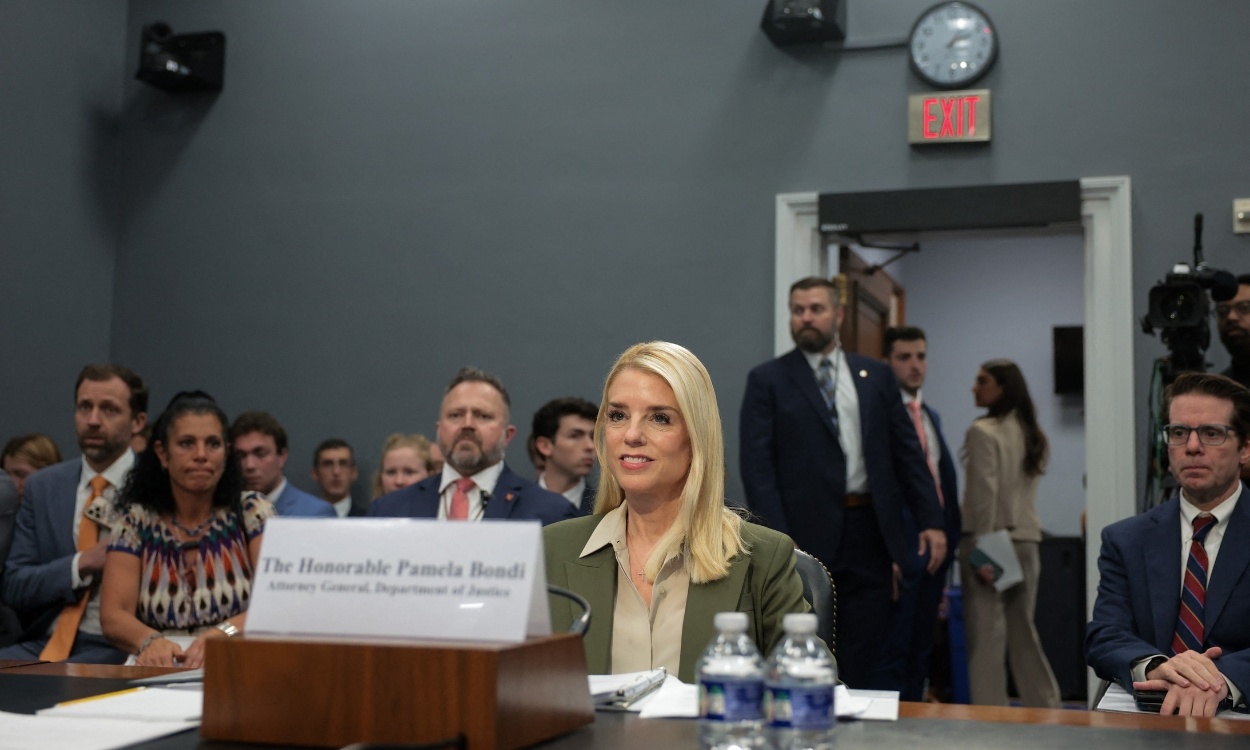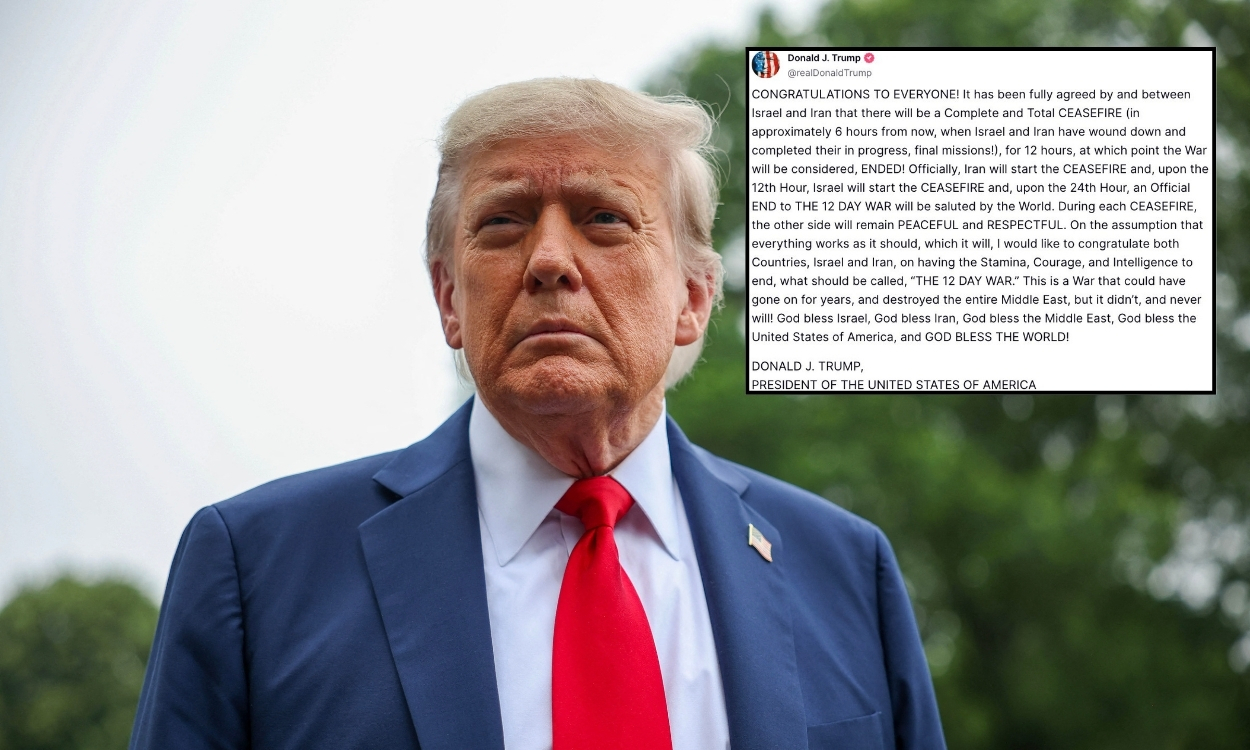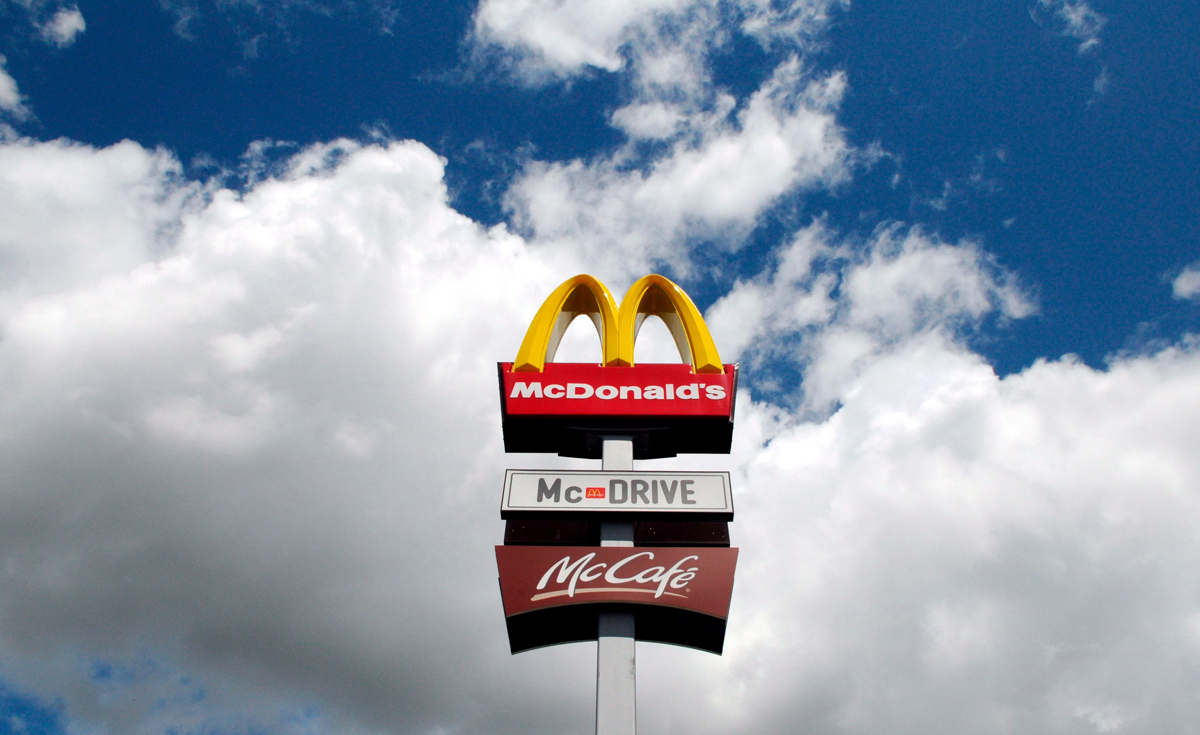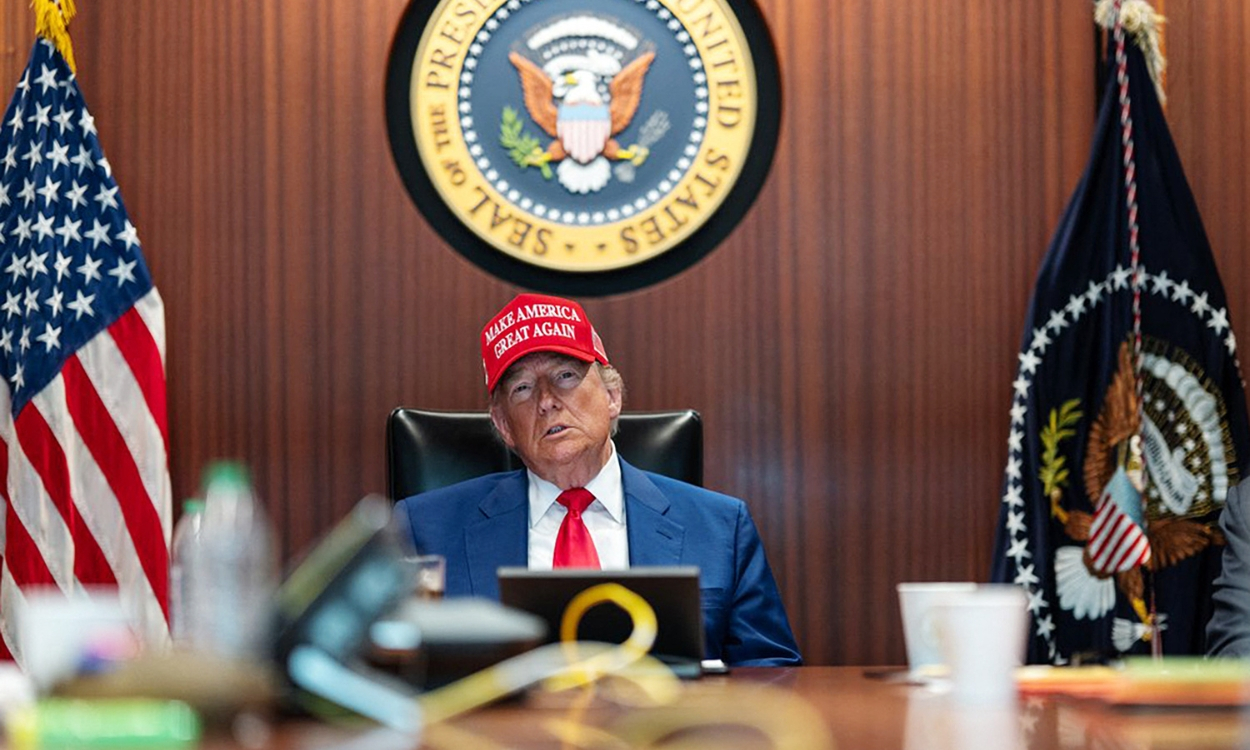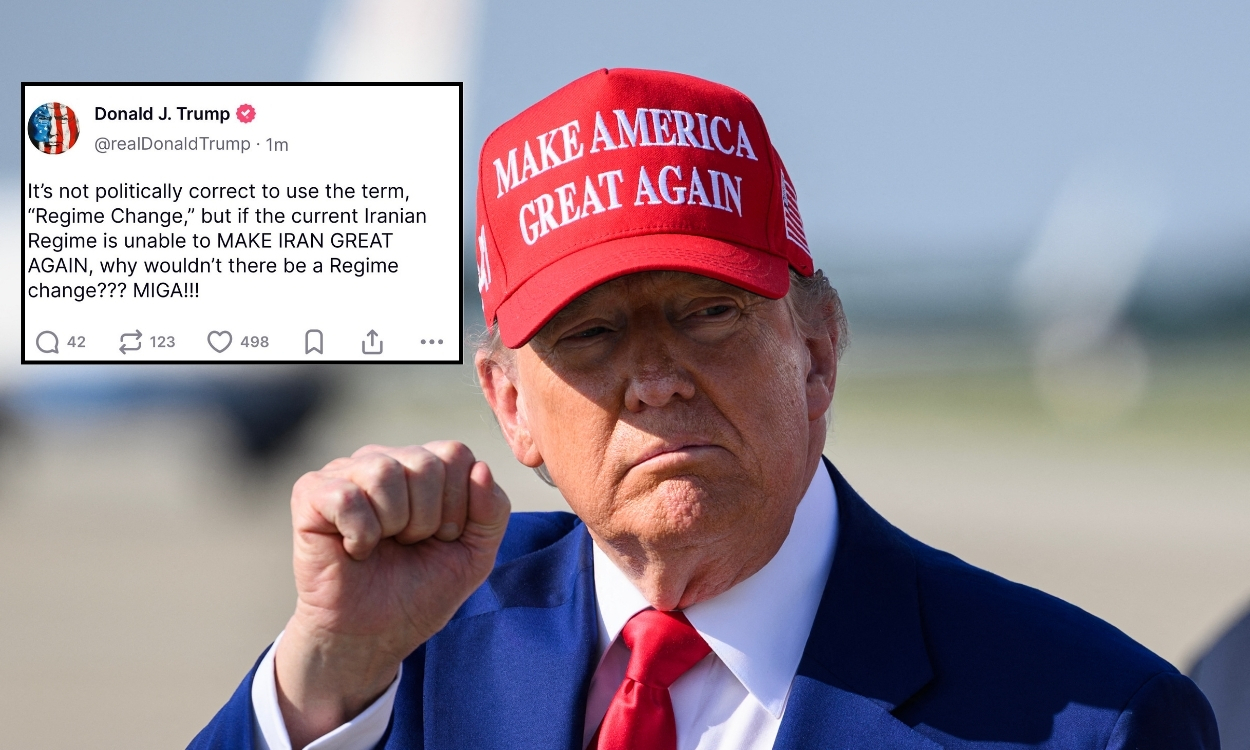Powell warns Trump's tariffs may reignite inflation, slowing U.S. growth
Fed officials are divided on how to address inflation and economic slowdown, with upcoming decisions crucial for U.S. monetary policy.

Federal Reserve Chair Jerome Powell stated that the Fed can afford to be patient before making any decisions on interest rate adjustments. This cautious stance comes amid uncertainty over economic policies, including tariffs proposed by President Donald Trump. Powell emphasized the need to carefully monitor how these developments unfold. He delivered his remarks at the Economic Club of Chicago. The Fed aims to balance economic growth and inflation control.
Powell warns tariffs may fuel inflation and slow growth, raising stagflation concerns
Powell warned that Trump’s proposed tariffs could slow economic growth while simultaneously increasing inflation. This combination raises fears of a possible stagflation scenario. The tariffs are broader and more impactful than initially expected, Powell noted. This heightens risks to the Fed's dual mandate of price stability and maximum employment. The uncertainty surrounding trade policy complicates monetary policy decisions.
Although Powell described the inflationary effects as possibly temporary, he acknowledged they might linger. The increased cost of goods due to tariffs could persist, especially if supply chains are disrupted. The Fed, therefore, needs to remain vigilant. Powell reaffirmed that the central bank is closely observing inflation trends. The goal is to act only when necessary and based on solid data.
Fed officials split on rate cuts as inflation concerns clash with slowing growth signals
Fed officials are divided on the potential path forward. Governor Christopher Waller has signaled a willingness to support rate cuts if economic growth falters. In contrast, Minneapolis Fed President Neel Kashkari has advocated for caution, emphasizing the importance of bringing inflation under control. These differing views reflect the complex economic landscape. The Fed’s next moves will depend on evolving conditions.
Recent economic data shows steady hiring and a slight moderation in inflation as of March. However, consumer and business confidence have dipped, raising concerns about future spending and investment. Some economists worry that high tariffs could undermine business sentiment further. The broader economic outlook remains uncertain. For now, the Fed is focused on navigating this uncertainty without triggering instability.

